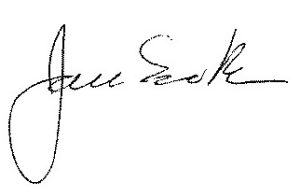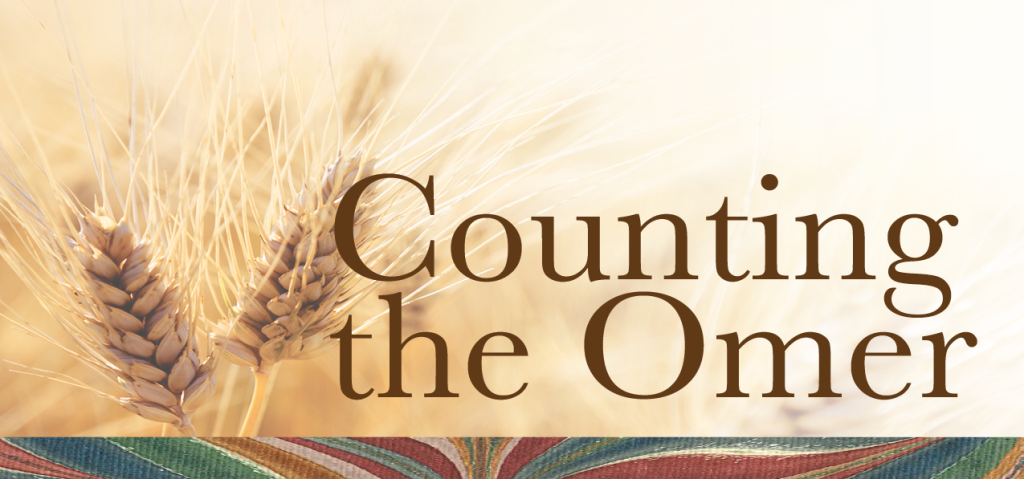I have forgotten how to sleep well recently. Years ago, when someone asked me why being Jewish mattered at all, I told them the fact that the Holocaust happened kept me up at night. I meant it metaphorically at the time, but today I literally can’t sleep. It seems author Dara Horn can’t sleep either, for the very same reason.
Her new book People Love Dead Jews early on says “This book explores the many strange and sickening ways in which the world’s affection for dead Jews shapes the present moment. I hope you will find it as disturbing as I do.” It is a haunting assessment of the world’s ability to embrace Anne Frank’s moving diary but to ignore the case of a modern day worker there who wanted to wear a kippah but was initially forbidden as the tourist site didn’t want to appear to be “biased.”
As the wordsmith Horn put it…“When a young employee at the Anne Frank House tried to wear his yarmulke to work, his employers told him to hide it under a baseball cap, the museum finally relented after deliberating for four months, which seems like a rather long time for the Anne Frank House to ponder whether it was a good idea to force a Jew into hiding.”
Essay after essay reinforces her observations that the nostalgia for the Jewish past is no excuse for ignoring the anti-Semitism of the present.
Seventy five years ago this week, the world tried to bring justice to the people who killed Anne Frank and countless others with the Nuremberg Trials, the trials of the Nazis after WWII. They took place in Nuremberg partly because there were enough buildings still standing that could accommodate all the personnel from the four nations that would convene the trials, including the Palace of Justice where they took place.
Temple Beth El has brought the lessons of the Nuremberg Trials to the legal community and the world at large with a program called Project Nuremberg that reminds us that law is what brought order to a post-Holocaust, post-WWII Europe. This week during two of our Project Nuremberg programs, two law professors spoke from opposite ends of the world; one in Los Angeles and one in London, both of whom have devoted their personal lives as attorneys to the pursuit of justice in the aftermath of the Holocaust.
E. Randol Schoenberg is the USC professor who battled for the return of the “Lady In Gold” painting of Adele Bloch-Bauer to the rightful heirs after being taking by the Nazis in WWII. Philippe Sands is a British law professor who works to expose “The Ratline,” systems of escape for Nazis after WWII and is the topic of his most recent book.
They both dwell in the space that Dara Horn worries the rest of the world neglects, the ugly and enduring legacy of persecution and instead bemoans a world searching for palatable stories with nicely tied up endings. Sands and Schoenberg both lost family in the Holocaust which makes nice endings more unrealistic. Instead each of them with their legal prowess and brilliant scholarship create more questions and concerns and provide no endings and only more questions. Horn notes this is the way Jewish stories go. They don’t have coherent and satisfying endings. Like our history. But what we do have is people.
I think what Horn is trying to get at, is that our world wants to massage and manipulate our stories into less painful ones and that is just not helpful. Instead of doing that, we must dwell in the dark and difficult places, even if they are without resolution. Why? Because those places are tied up with people. Real flesh and blood people who suffered. Many who perished and some who lived to tell.
In his talk to us this week, Schoenberg bemoaned the fact that, “In the end this was just art, mind you extremely valuable art, minute in value as compared to the lives lost in the Shoah.”
I believe the best way to reshape the present moment in the spirit of Schoenberg and Sands is to forever figure out how to pursue a new avenue, insight, discovery or fact about that horrid time. Even if it means losing a little sleep.
Shabbat Shalom.

Rabbi Jessica Spitalnic Mates
Temple Beth El of Boca Raton








